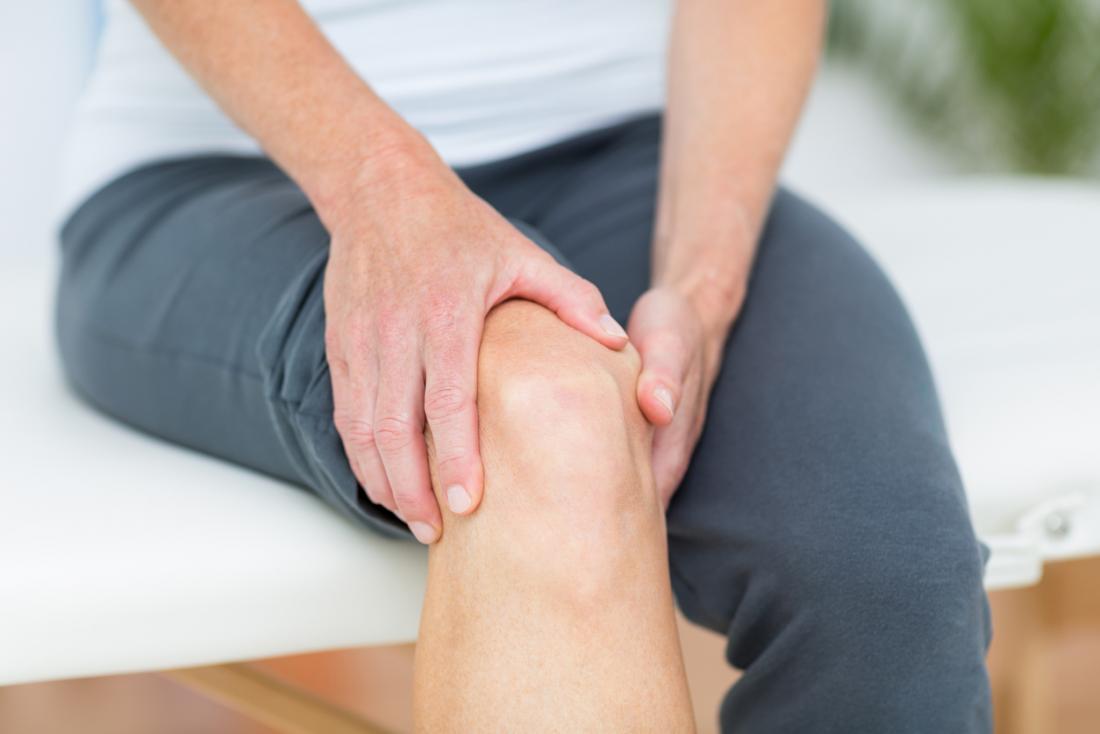Chronic joint pain casts a shadow over the lives of millions, a constant companion that hampers mobility, diminishes quality of life, and disrupts daily routines. Whether it manifests in the knees, hands, elbows, or shoulders, its relentless grip leaves individuals grappling with not only physical discomfort but also emotional and functional limitations. From the inability to move with ease to the struggle to perform basic tasks independently, the burden of chronic joint pain permeates every aspect of daily living.
For those afflicted, the quest for relief becomes paramount—a journey marked by countless trials of medications, therapies, and interventions in pursuit of respite from the persistent ache. Yet, amidst the sea of options, finding effective ways to treat chronic joint pain can feel like navigating a labyrinth without a map. Sleep disturbances, diminished mobility, and an inability to engage in once-loved activities further compound the challenges faced by individuals grappling with this pervasive condition.
In this article, we embark on a journey to explore actionable strategies and proven methods for treating chronic joint pain. From conventional treatments to holistic approaches, we delve into the arsenal of options available to those seeking relief. Join us as we navigate through the landscape of chronic joint pain management, empowering individuals to reclaim their lives and find solace from the relentless grip of discomfort.
Medication
NSAID’s (nonsteroidal anti-inflammatory drug), both over the counter or prescribed by a doctor are a popular aid to help reduce the swelling chronic joint pain often brings, while lower levels of pain may respond well to Tylenol. Unfortunately, both types of drugs have side effects which make long term use a little scary. Severe pain may be treated with opiods, or even with muscle relaxants.
Creams and lotions
Known as ‘topical’ treatments these contain substances said to help reduce chronic joint pain. Good examples are creams including capsaicin (from chilli peppers).
Steroid injections
These are given directly into the problem joint, and are often offered to those who get no relief from either medicines or creams. The effect is generally short term, but it is helpful for a pain break.
Non-drug based treatments
Physical therapy
This includes strength building exercises, manipulation, nerve stimulation, and ultrasound.
Self care
Basically, this involves using braces at home, losing weight and taking some gentle, low-impact, low weight-bearing exercise such as swimming and cycling.
Supplements
There are plenty of these on the shelves of most drugstores, health food stores and markets, some featuring whichever is the latest trend in tackling joint pain.
Alternative therapies
Some people report classes in mindfulness, or things like Reiki sessions help them manage chronic joint pain.
An integrated approach
This is an approach which suits people looking for help managing and treating chronic joint pain in a more holistic way. Special centers take a different approach, which includes a focus on long term health, exercise, and food intake, alongside offering stem cell treatments which can bring a lot of relief without invasive procedures. Click here to learn more.
A positive attitude
This isn’t always easy but some people do find a huge relief as a result of staying positive, looking for ways to manage the pain while exercising and doing all you can to live your best life.
There isn’t one effective way to treat chronic joint pain that will suit every single person living with that kind of discomfort every day, but there are several options to explore. It’s worth keeping an open mind and trying all the methods you can, until you can find what works best for you.








